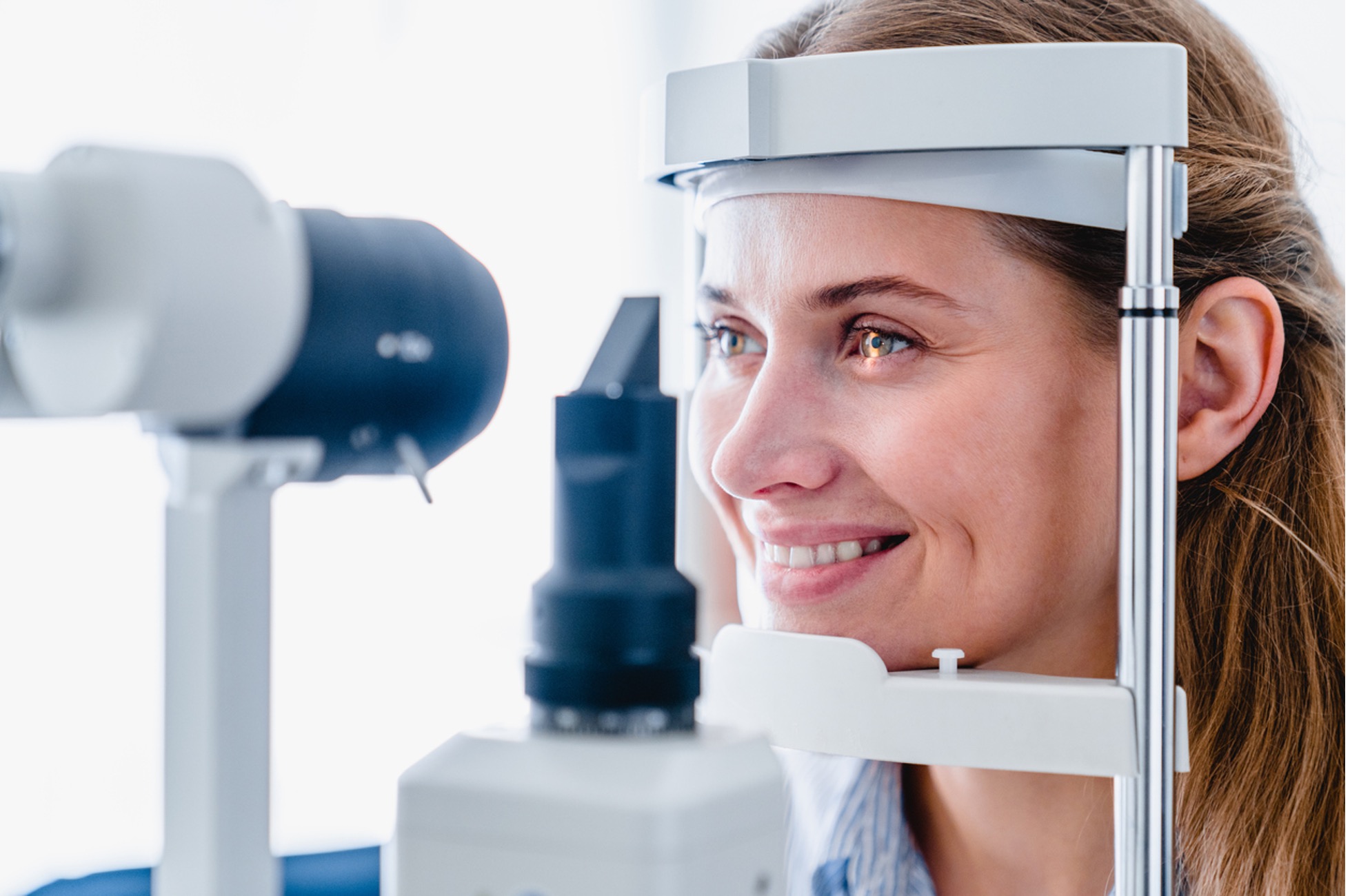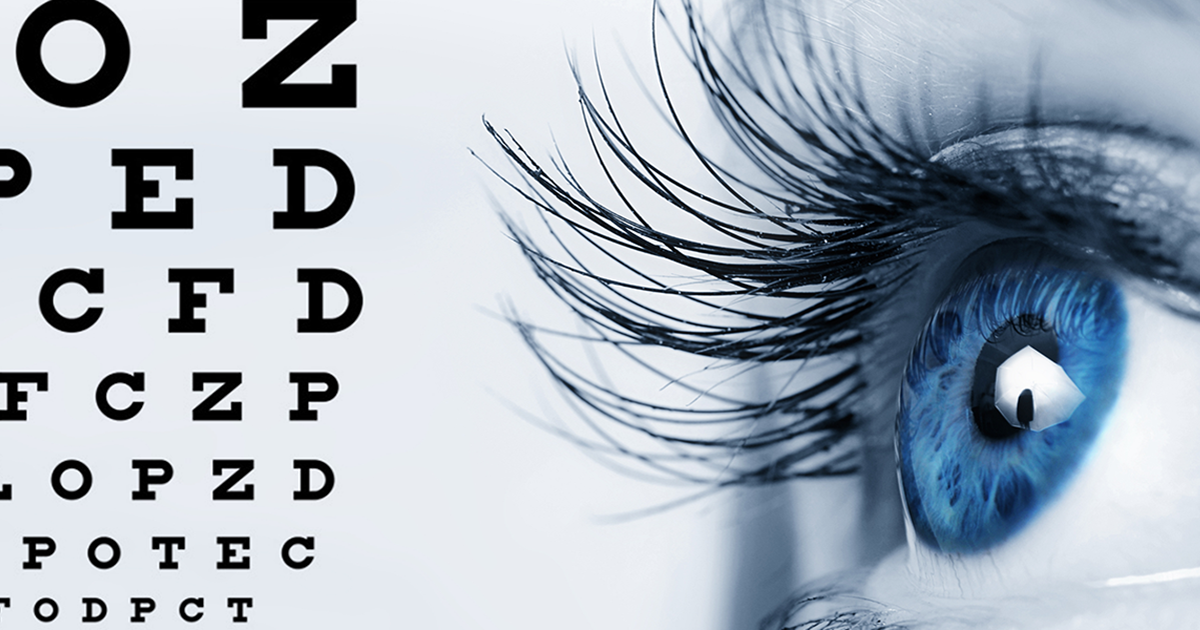Neighborhood Glaucoma Service Near Me: Relied On Professionals for Eye Wellness
Neighborhood Glaucoma Service Near Me: Relied On Professionals for Eye Wellness
Blog Article
The Role of Advanced Diagnostic Devices in Identifying Eye Disorders
In the realm of ophthalmology, the use of innovative diagnostic tools has actually revolutionized the early identification and administration of numerous eye disorders. As the demand for exact and prompt medical diagnoses continues to grow, the assimilation of cutting-edge tools like optical coherence tomography and aesthetic area screening has actually become important in the world of eye treatment.
Relevance of Early Diagnosis
Very early medical diagnosis plays a pivotal role in the effective administration and therapy of eye conditions. Prompt recognition of eye problems is crucial as it allows for punctual treatment, possibly preventing further progression of the disease and lessening lasting problems. By finding eye problems at an onset, health care companies can offer appropriate treatment plans customized to the details problem, inevitably causing far better results for individuals. Furthermore, early diagnosis allows patients to access needed assistance services and sources sooner, enhancing their overall quality of life.

Innovation for Finding Glaucoma
Innovative diagnostic modern technologies play a critical function in the early discovery and surveillance of glaucoma, a leading root cause of irreversible loss of sight worldwide. One such innovation is optical comprehensibility tomography (OCT), which provides in-depth cross-sectional photos of the retina, enabling the measurement of retinal nerve fiber layer thickness. This dimension is crucial in evaluating damages brought on by glaucoma. One more innovative tool is aesthetic area testing, which maps the sensitivity of a person's visual field, aiding to discover any areas of vision loss attribute of glaucoma. In addition, tonometry is used to determine intraocular stress, a major danger aspect for glaucoma. This examination is important as raised intraocular stress can result in optic nerve damages. In addition, newer innovations like using expert system algorithms in examining imaging information are showing appealing outcomes in the very early discovery of glaucoma. These i was reading this advanced diagnostic tools allow ophthalmologists to identify glaucoma in its beginning, permitting timely intervention and better administration of the illness to stop vision loss.
Duty of Optical Coherence Tomography

OCT's capacity to measure retinal nerve fiber layer thickness enables for accurate and objective dimensions, assisting in the very early detection of glaucoma even before aesthetic area issues become obvious. In general, OCT plays a critical duty in boosting the diagnostic precision and monitoring of glaucoma, inevitably adding to far better end results for individuals at danger of vision loss.
Enhancing Diagnosis With Visual Field Screening
An essential element in thorough ocular evaluations, visual field screening plays a pivotal role in enhancing the diagnostic process for various eye disorders. By assessing the full level of a patient's aesthetic area, this examination supplies crucial information about the practical integrity of the whole aesthetic path, from the retina to the visual cortex.
Visual field screening is specifically beneficial in the medical diagnosis and administration of conditions such as glaucoma, optic nerve disorders, and various neurological conditions that can influence vision. Through measurable dimensions of peripheral and central vision, clinicians can identify refined modifications that may indicate the presence or development of these conditions, even before recognizable signs take place.
Moreover, visual area screening enables the monitoring of therapy effectiveness, helping eye doctors tailor therapeutic treatments to private patients. eyecare near me. By tracking adjustments in visual area performance with time, health care service providers can make enlightened decisions concerning changing medications, advising surgical treatments, or executing other proper measures to maintain or improve a person's visual feature
Managing Macular Deterioration

Conclusion
In final thought, advanced diagnostic devices play a critical function in identifying eye disorders early on. Technologies such as Optical Comprehensibility Tomography and aesthetic field testing have actually considerably enhanced the accuracy and efficiency of detecting conditions like glaucoma and macular degeneration.
Report this page